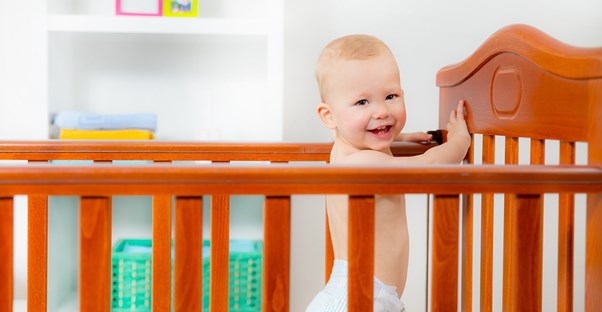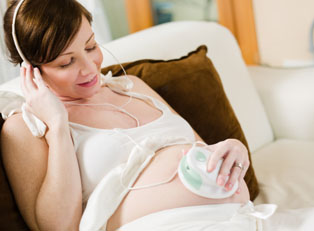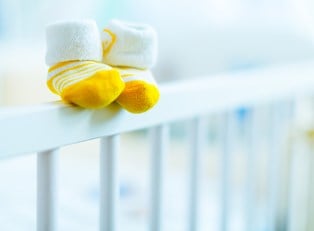Baby proofing a home may seem like a straightforward task until you start to actually consider the thousands of ways your child can get injured. Don’t let the task become overwhelming. Make a list of items to implement, set aside a weekend to do them, and rest assured that your baby will be safe.
Most Common Problem Areas
Install cordless blinds in all rooms or ensure that blind cords are tied up high near the top of the window. These little cords can cause strangulation if the child places their head in them and then falls.
Pets aren’t the only ones who like to play in the toilet, curious babies do to. This bathroom hazard can cause drowning if your child falls in. To prevent this, install a toilet lock on the seat that prevents it from opening easily. In addition, keep the bathroom door closed at all times.
Furniture such as televisions, bookcases ,and entertainment centers can all be pulled on top of your baby if they use them to stand or climb. Secure these object by bolting them to the wall using special anti-tipping hardware.
- Blind Cords
- Toilets
- Heavy Furniture
Don’t Forget These Areas
While many soon-to-be and new parents diligently place child safety locks on cabinet doors, this isn’t always enough. A good rule of thumb is that all items that can harm a baby should be moved to a high location instead. Instead of simply locking the kitchen cabinet full of cleaning supplies, move them to one of the top shelves. Move pots and pans or other non-harmful items to the lower shelves. This way if your child does mange to unlock the cabinet they are not in danger.
Your baby will be walking before you know it, and that means that he will also be grabbing things to pull himself up. Stove knob covers ensure that if your baby grabs them he can’t turn the stove on.
Most people have no idea what temperature their water heater is set to. If it’s higher than 120 degrees Fahrenheit, it can cause a burn hazard for your child during bath time. Don’t rely on testing the water temperature yourself, as adults tolerate higher temperatures than sensitive babies. Lower the thermostat to ensure that household water never gets hot enough to scald your baby’s skin.
- Kitchen Cabinets
- Stove Knob Covers
- Water Heater Temperature




